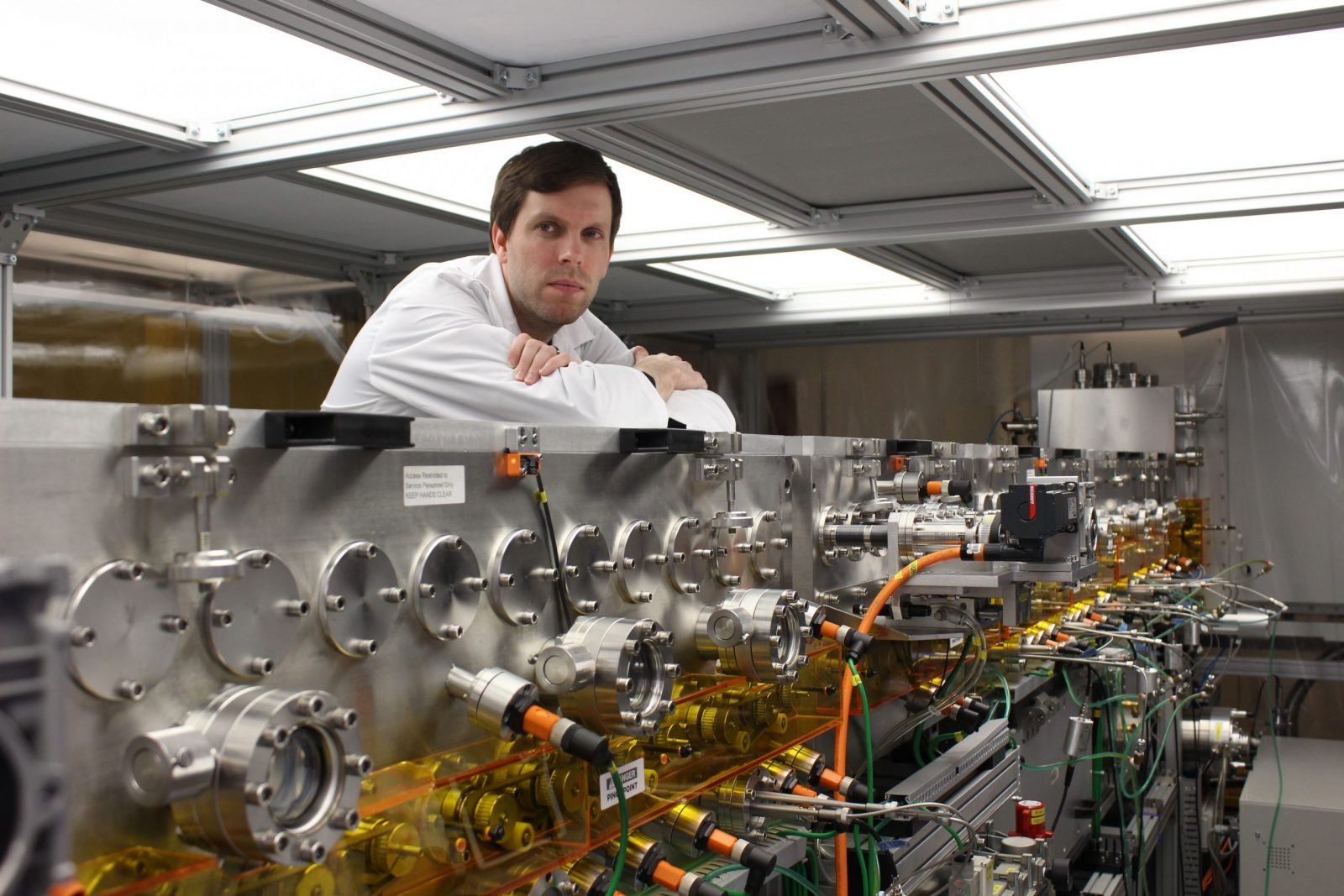OTI proves quantum computing enables more accurate OLED material simulations

The market for consumer electronics devices with organic light-emitting diode (OLED) displays has been booming in recent years, and like just about every other industry sector, quantum computing has the potential to transform OLED manufacturing. But just like in those other sectors, it needs to be proven first.
OTI Lumionics has done just that. Working with the University of British Columbia (UBC), the Toronto-based OLED materials company said it was able to demonstrate that quantum computing methods have an advantage over classical computing in simulating OLED display emitter materials, when using OTI’s own iterative qubit coupled cluster (iQCC) quantum method.
OTI CEO Michael Helander said developing a new OLED material of the right color is a very precise, costly and slow process requiring the synthesis of many materials, but that quantum computing can be used to more accurately simulate these colors in software, reducing the number of materials that need to be synthesized and tested. And it’s a process that for now relies heavily on classical computing simulations.
As Helander told IQT News during a recent interview, “If the simulation is not accurate, then whatever your AI gets trained on is not going to be that accurate. Whatever it may be an incremental improvement over what a bunch of clever chemists can come up with, but it’s not a real stepwise change.”
He added, “So, we work on better classical simulations–moving from CPUs to GPUs, to other customized hardware, and we have lots of those spinning away doing calculations, but it’s still a bottleneck for us. A lot of the properties we care about have to do with electronic material structure. Those calculations involve a lot of quantum mechanics that are hard to account for accurately, and so that’s obviously a very natural place where quantum computing techniques have the promise and potential to do better because the underlying thing that makes the simulations hard is how different electrons interact with each other at a quantum mechanical level. So ideally, they’re a better representation of the physical world for doing with your simulations.”
That’s what put OTI on the course to pursue the development of its iQCC quantum method, with the result that OTI can more efficiently design and screen new emitter materials in software that can meet the precise color and performance specifications required for displays in next-gen consumer electronics.
Zachary Hudson, associate professor at UBC, added, “This work establishes a clear practical use for quantum computing, which isn’t to be taken lightly. When deployed on emerging quantum hardware, OTI’s iQCC quantum method has the needed accuracy to help design organometallic complexes more efficiently, which are crucial to developing better OLED displays as well as other materials, like catalysts. Our findings open the door to many industrial use cases for quantum computing, from developing better consumer electronics, to better batteries, catalysts and drugs. There’s a lot of excitement around quantum computing, and we predict the technology and research will continue to evolve rapidly.”
Further details on the research and results are available via chemistry journal Angewandte Chemie International Edition, or on arXiv.



















